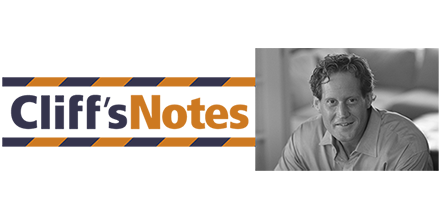(Cliff Kayser of Polarity Partnerships, LLC is provides this summary w/additions from an August article in FORBES by Roger Trap.)
So complex is the modern business environment that leaders are confronting paradoxes on a regular basis. They want to protect their core business at the same time as innovating for the future; they are looking at new territories while seeking to consolidate their presence in existing ones; and, particularly lately, they are expected to meet various environmental, social and governance (ESG) goals at the same time as meeting financial targets.
The traditional view of leadership extolls decisiveness, with the result that leaders typically choose one option over another. The explanation is that they are imposing certainty and predictability on an uncertain world. But recent events suggest that this binary approach to problems no longer works (indeed, if it ever did). The tensions facing leaders of all kinds are so complex and so intertwined that an either/or approach is not valid. Instead, according to academics Wendy Smith and Marianne Lewis, they should be seeing these tricky situations as opportunities rather than threats. Drawing on their own research over two decades as well as the writings of a range of others, they set out a system of “both/and thinking” that, as Amy Edmondson, leadership and management professor at Harvard Business School, says in her foreword to their book, is “a way to enable more creative and sustainable solutions to individual challenges and global problems alike.”
Both/And Thinking, Embracing Creative Tensions to Solve Your Toughest Problems, has at its heart an attempt to move from an academic understanding of paradoxes to a practical guide to how people can respond to them. (In Chapter 9 Wendy and Marianne point to a case example of Polarity Partnerships’ 5-Step S.M.A.L.L. Process, Polarity Map®, and Polarity Assessment as practical ways leverage paradox/polarity tensions. For more information, see www.PolarityPartnerships.com.)
“Ignoring paradoxes will only cause them to come back stronger,” they write, arguing that it is better to “effectively engage them.” The authors’ solution is to adopt a “paradox mindset,” and to help with this they suggest drawing up an inventory that assesses how individuals engage competing demands. It includes two parts. The first — how you experience tensions — looks at how people deal with more change, scarcity of resources and having to deal with more varied perspectives. The second — the mindset you adopt as you engage these tensions — looks at the different approaches adopted to facing competing demands. Those that see them as trade-offs and dilemmas tend to draw on either/or thinking, while those adopting the paradox mindset see things in a both/and way and tend to regard competing demands as contradictory and interdependent.
If it is not immediately apparent how different the two approaches are that is probably a reflection of the confusing and complex times in which we find ourselves. Smith and Lewis’s solution — with its reliance on dividing quite similar concepts into different groups and on the consultant’s usual tools of tools and boxes — does not at first blush look as helpful as is made out. But, having said that, anything that encourages leaders to acknowledge that the world is more volatile and less predictable than it has ever been is to be welcomed. If that helps them carve out opportunities it would be wonderful. Tweedy certainly seems to have used ambiguity to fuel his creativity. But it would also be good if it prevented them from falling into the trap of betting the farm on things they do not know enough about.





